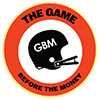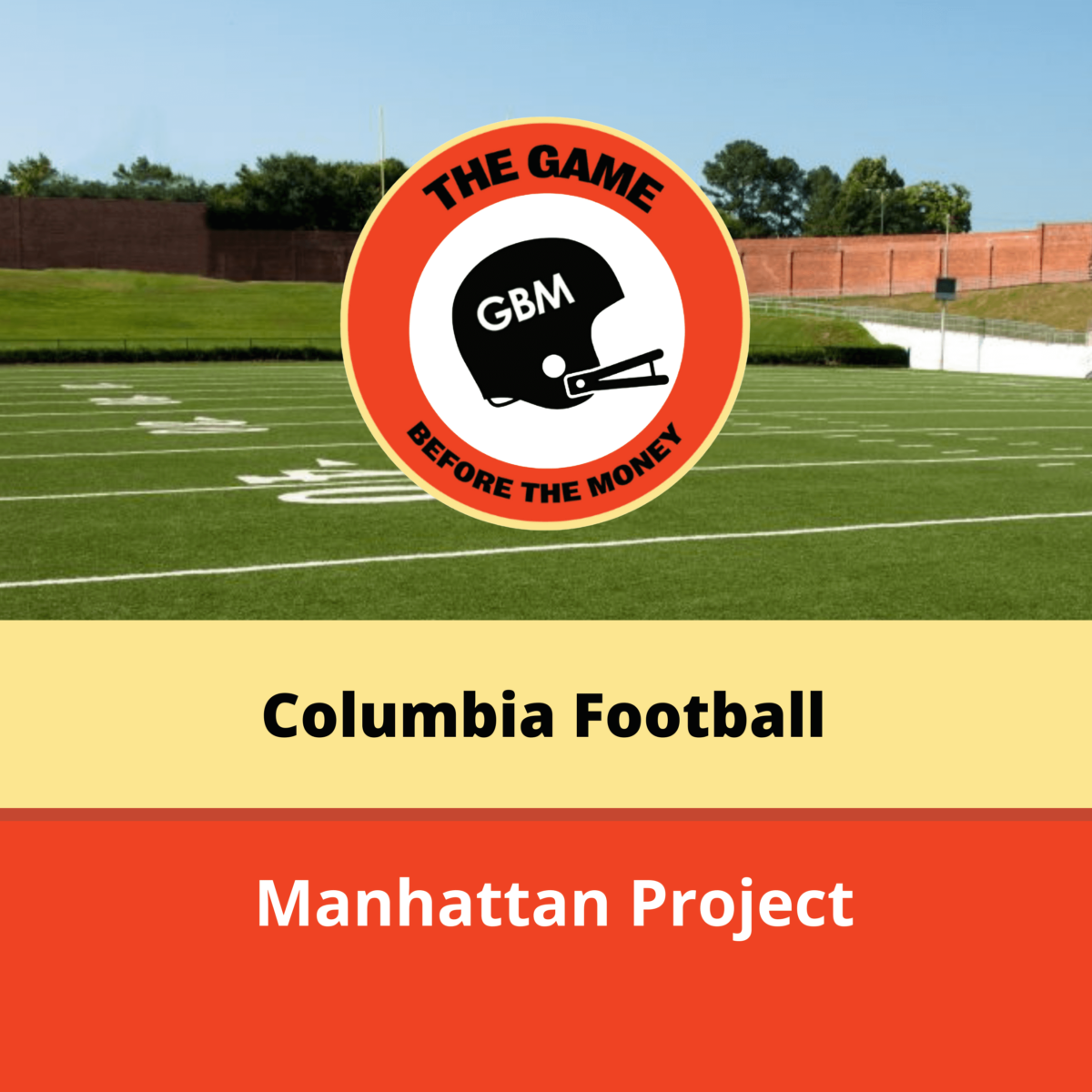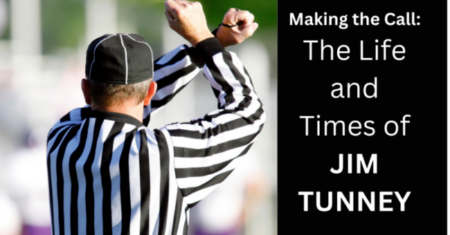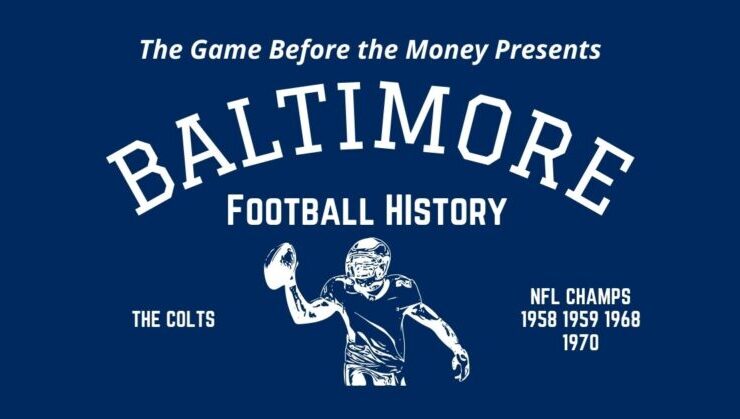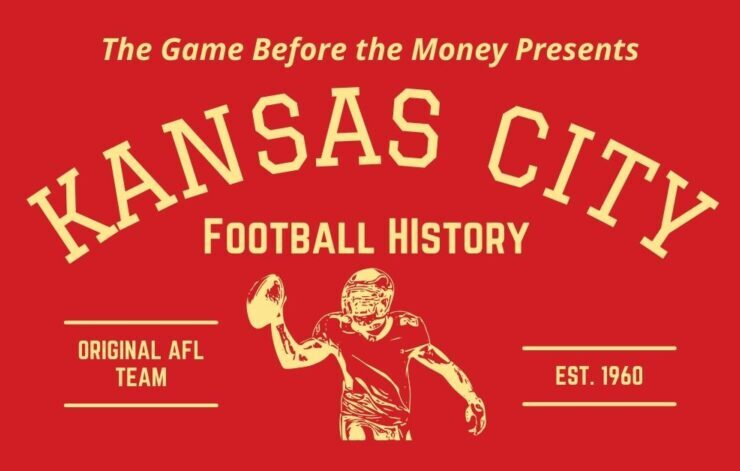The Game Before the Money Podcast discusses how the Columbia University football team helped with the Manhattan Project — in Episode 31 of the football history podcast.
The Manhattan Project was Secretive
The Manhattan Project was very secretive. There is not that much information about it. But it turns out that the Columbia football team was involved in the Manhattan Project without knowing it. I learned this from a story published in the New York Times in late January of 1954 (article here – subscription required).
The article summarized an annual meeting of the American Physical Society, which is still a major organization with an estimated fifty thousand members.
Enrico Fermi, one of the leading scientists on the Manhattan Project, spoke at the event. He revealed for the first time that Columbia’s football team assisted in building the world’s first nuclear reactors without knowing it. Fermi called the team the “bricklayers of the early models of nuclear reactors.”
How Columbia Football was Involved
The scientists performed a lot of early experiments at Columbia University. Fermi needed large blocks of graphite and uranium. The blocks weighed between 50 and 100 pounds each. Literally tons of it had to be moved and stacked together.
Most physicists aren’t noted for their imposing size. The few scientists that worked on the project started moving the graphite and canisters of uranium but were exhausted and caked in graphite. They weren’t exactly in a frame of mind to tackle complex quantum physics equations after an hour of that. So the Dean of Columbia’s physics department came up with the idea of hiring football players to do the work.
Unknowingly Assisting in the Atomic Bomb
The players were paid an hourly wage to move the graphite and uranium and properly place them inside the reactors.
A 1993 article in the Columbia Spectator quoted Fermi as saying, “What a pleasure to direct the work of these husky boys canning uranium and just shoving it in, handling fifty to one hundred pounds with the same ease as another person would have handled three or four pounds.”
Handling uranium is not really the safest thing to be doing. You talk about the physical dangers of football, they pale in comparison to the physical dangers of handling uranium. But of course, this was in 1939, 1940, and 1941. So it was long before people knew about the dangerous effects of radiation. Because of the super top-secret nature of the experiments, the players didn’t know what they were moving or why they were doing it.
In reality, they assisted in building the world’s first atomic reactor models used in nuclear chain reaction experiments, eventually leading to the atomic bomb.
Looking for a great NFL history book? Check out The Game Before the Money: Voices of the Men Who Built the NFL available at — Amazon.com – Barnes and Noble – University of Nebraska Press
Like sports history? Listen to The Game Before the Money Podcast! Most episodes include stories from legendary football stars.
